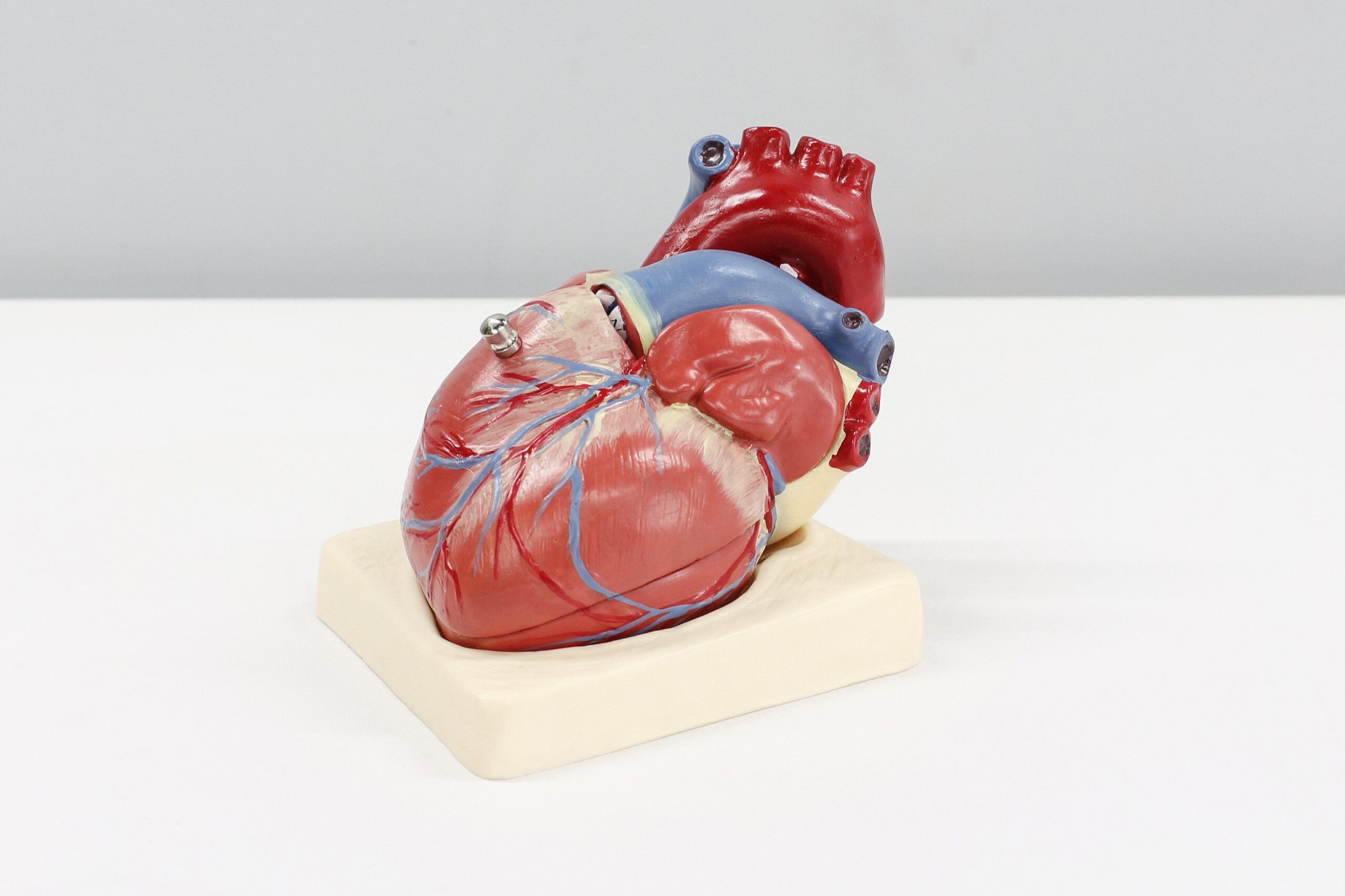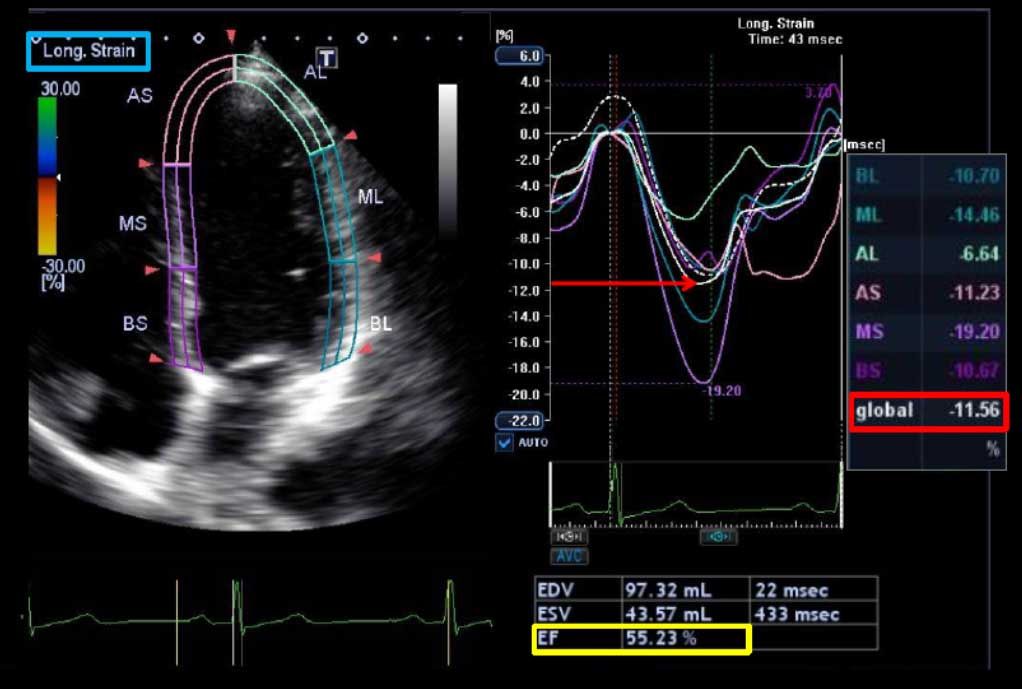Electrophysiology Studies
What is an electrophysiology study?
An electrophysiology study, or EPS, is a diagnostic procedure to look more closely at the electrical function of your heart. It is the most accurate and reliable method of evaluating your heart rhythms and will help your physician determine the treatment option that is most appropriate for you.
How does electricity work in my heart?
The body naturally produces electricity that travels over the heart muscle and stimulates the heart to contract or beat.
The electrical signal that tells your heart to beat comes from a small area of the right atrium of the heart. This area is located in the upper right chamber of your heart and is called the sinoatrial node, or SA node.
When a signal is given by the SA node, a small electrical impulse runs through your heart and stimulates the heart muscle to contract. The contraction of the heart muscle produces a heartbeat and forces blood out of your heart to the rest of your body.
Certain conditions can cause the electrical system to make the heart beat too slowly, too fast or in an uncoordinated manner. These irregular patterns are called arrhythmias, and they can occur in any of the four chambers of the heart.
An electrophysiology study will help your physician determine the best treatment for you by showing where the arrhythmias are occurring.
How do I prepare for my EPS?
If you are currently taking medications to control your heart rhythms, you may be asked to stop taking them prior to the study. Your physician will give you specific instructions regarding other medications you may be taking. You will be asked not to eat or drink anything for eight hours prior to your EPS. On the day of your study, you will be admitted to the hospital, where you will have blood tests, an electrocardiogram and a chest X-ray done.
How is the electrophysiology study done?
An EPS is performed in an electrophysiology lab that will be darkened to make it easier to see the cardiac monitors. You will lie flat on a padded X-ray table, and an IV will be started for administration of medications that will be used. Your groin will be shaved and cleaned with an antiseptic solution. An area on the neck may also be cleaned, depending on the type of arrhythmia you have. A local anesthetic will be used to numb the skin, and a small tube (called a sheath) will be placed into a blood vessel in the groin. Once the sheath has been placed, small plastic catheters (pacing wires) are guided up to the heart.
A fluoroscopic X-ray allows your doctor to watch as the catheter is carefully guided to various locations in the heart. You will not feel the catheter being inserted into your heart because there are no sensory nerves inside veins and arteries. Recordings are made from the catheters, from which your physician can diagnose the type of arrhythmia you have and determine the best treatment.
How do the pacing wires work?
The pacing catheters are inserted into your heart to serve two purposes:
Record ECG signals from the inside of your heart
Deliver electrical impulses to your heart muscle (called “pacing”)
The pacing will trigger the arrhythmia that is causing your problem. During the test, you may feel your heart race or skip beats. This is caused by the electrical impulses from the pacing. When the arrhythmia is triggered, you may feel the same symptoms you have had in the past: chest pain, dizziness, warmth, palpitations or, in some cases, loss of consciousness.
The arrhythmia can be stopped by pacing your heart, administering medications or shocking your heart.
When an arrhythmia can be started and stopped, your physician may test an antiarrhythmic medication (through the IV) for a period of 20 to 30 minutes. When a satisfactory amount of medication has been given, your physician will repeat the pacing to determine if the drug will prevent your heart arrhythmia. When the entire study has been completed, the catheters and sheath will be removed. Firm pressure will be applied to the groin area for approximately 15 minutes to prevent bleeding from the insertion site. Once the bleeding has stopped, you will be moved to the recovery area. The entire EPS takes about two to three hours from start to finish.
Ablation therapy
Ablation therapy is a technique designed to treat fast heart rhythms (tachycardias) and eliminate the need for medications. After the area of the heart causing the arrhythmia is pinpointed, your physician treats the problem by applying radio frequency energy through the catheter, which destroys (or ablates) the arrhythmic tissue.
What happens next?
You will be required to lie flat for four to six hours following your study. Your blood pressure, heart rate and areas where the catheters were inserted will be checked frequently. Notify your nurse immediately if you should develop any numbness or tingling in your arm or leg, bleeding from the insertion site, or if you have chills or fever.
What are the risks?
An EPS is called an invasive procedure because a catheter is inserted into the body. As with any procedure of this type, there can be some risk involved. Your physician will discuss the risks of your particular case in detail with you.


